Many of our clients have made a significant investment in information technology and then set about populating systems with data and documents.
Despite this investment, most users remain frustrated as they cannot efficiently find what they want due to poor descriptions, gaps, lack of meaningful relationships between assets and documents and poor search engine capability and, in some cases, ageing technology.
Yet most companies carry on thinking this is the norm, so this subject gets a tick in the box and users put up with the situation and get by.
To harvest the investment in legacy data and documents and to make information available at the coal face, we have successfully launched and sold an economical mobile app.
The USPs for this App are that it can feed forward legacy data and documents, work offline or online, be configured to carry out any task and work on any device.
The magic is that the users know what data and documents they need to carry out inspections, maintenance, stock checks and the like.
It is becoming obvious that the requisite information is stored in a number of legacy systems in a variety of formats. Bringing it together to genuinely help people perform their work more efficiently and effectively is like waving a magic wand.
Now people can see how data and documents can proactively support work. Make life easy, reduce risks, increase efficiency and most importantly improve job satisfaction!
Rather than starting a whinge fest, users are now seeing how they can slowly re-engineer their legacy data, fill the gaps and reduce complexity.
We are finding processes have too many steps and too many forms are still being completed by hand. Users can see where steps can be designed out without compromising the work done.
Attention is turning to the outputs required for data analytics and continuous improvement. Ways to find the “bad actors” and hence reduce plant downtime and increase company profit.
Users are now enjoying structuring look up fields to report common problems in a common language to facilitate trend analysis.
The above scenario is one we have all been striving for over many decades. However, the magic for me is that users now have a tool that works for them. They can grow organically but achieve results from day one.
We are already seeing that efficient processes can be shared across companies and across facilities, another age old vision.
It is great to see that the magic has returned and user engagement is high.
Perhaps we forgot about the users, so it is rewarding to be able to help them again and see the passion returning.
It is good to try something different. As the saying goes:
If you always do what you have always done then you will always get what you always got!
Try something new today!
